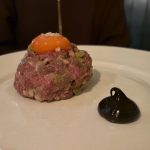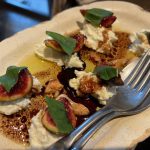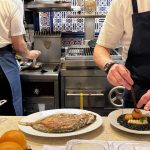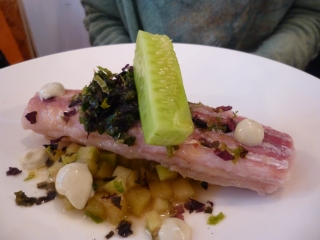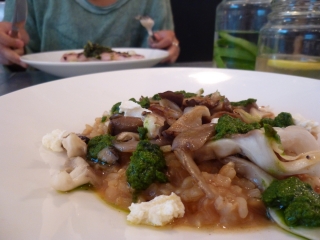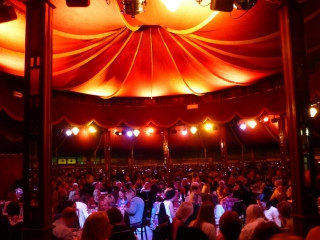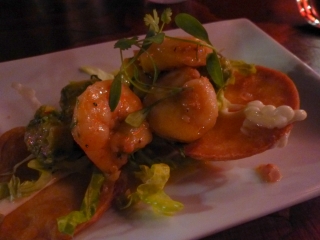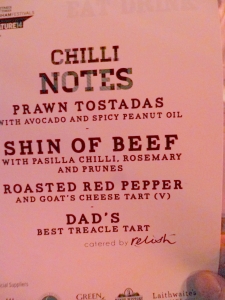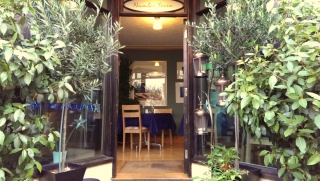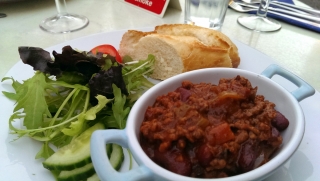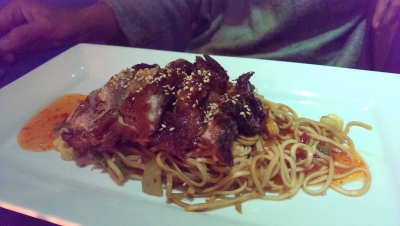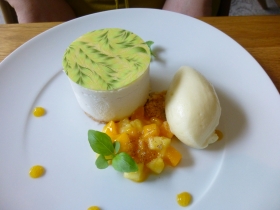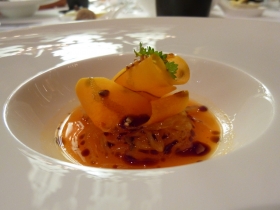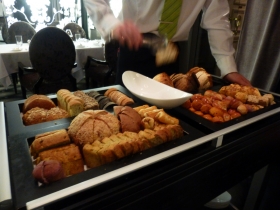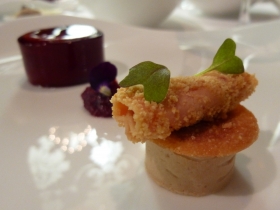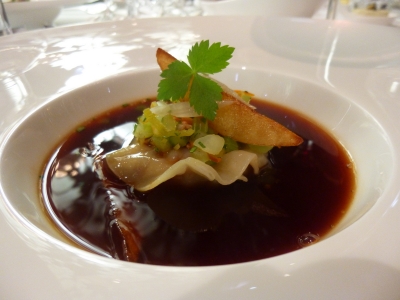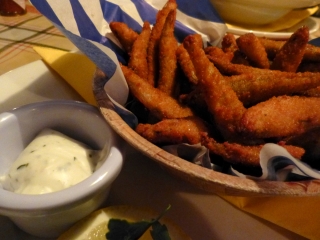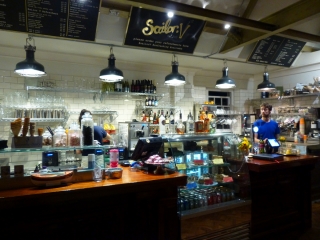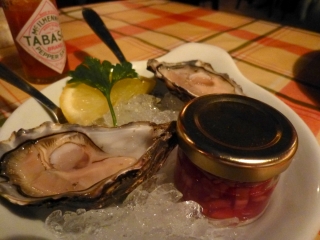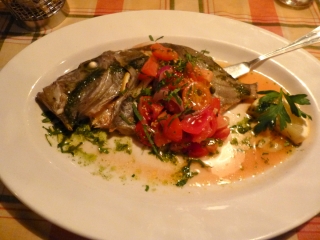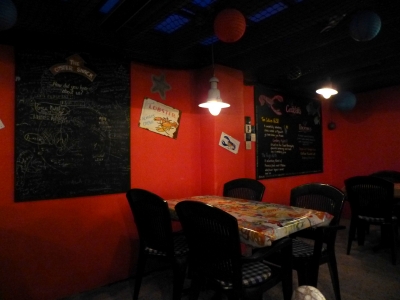Allow me to rave a bit about Brighton’s North Laine. I can go shopping for something inspiring in a half dozen different places – maybe Cheltenham, Birmingham, Gloucester, Bath, Oxford, Stow – and then eventually I happen to visit Brighton and take a wander through the North Laines and the Lanes, and I find exactly what I want. No, I find something that exceeds my expectations. And then I find a half-dozen other things that I love beyond any possibility of not owning, so I buy them too. Happens every time. There is nowhere better to shop on this green island.
The other thing about the North Laine is how often it changes. Visit once a month and you will spot a shop that has closed and another that has opened. Visit once every six months (like us, these days) and you’ll find whole swathes of brand new places you’ve never snooped in before. Mind you, Snooper’s Paradise will never disappear. By the by, this is a recommendation. Yes, yes, for Londoners too.
So at random we happened upon Silo for lunch. It hadn’t been there a few months ago. In fact, it has only been there for two weeks. And they’ve got a very clear and simply stated concept: zero waste. Nothing ever leaves the restaurant, except hopefully happy customers.
Inside, it’s stripped-back industrial. Sets the mood perfectly, though they may have gone a bit too far with the “don’t mind the wires hanging out, or the cider kegs behind ya, just sit on these chipboard chairs and the food’ll be along” sense of it. To be fair, only two weeks in and some of these bits might just be temporary while they sort themselves out. The service was friendly, and chef Douglas McMaster was on hand to bring over our plates and explain some of the ethos and sourcing to us himself. Given that I wasn’t wearing my “I’m A Blogger!” badge I think he must just be friendly and earnestly involved in his rather cool project. Infectious guy.
So I can say that the fresh, clean, salty curds that gave a lift to my risotto were made in-house using the leftover bits of milk from making cappuccinos. How awesome is that? The risotto itself was brown rice, given hugely funky depth with a fermented brown rice paste, and zing from a salsa verde whose make-up I didn’t quite attend to. Too in love with the risotto. Oh, and it had mushrooms on it. The mushrooms were growing in a rack across the room, in a medium made up from the used espresso grounds and recycled cardboard.
I’m usually a cynical bugger, but this was just cool!
Maureen’s fish was a quite deliberately uncool piece of rock salmon. It was good and powerfully marine, with a shredded meaty texture, cooked on the bone for max flavour. Their source is Catchbox – a small fishing co-operative that sets out nets and then sells whatever happens to swim into them, no targetting of prestigious species, no by-catch. Blobs of slippery oyster emulsion went beautifully with the fish, along with plenty of cubed pickled cucumber and seaweed.
Maureen washed her fish down with a great beetroot and pear smoothie, while I had a punky fermented nettle cordial. These were grown-up soft drinks that actually partnered properly with food. That’s worth some applause by itself, though they’ve also got local ale and ciders on offer. Our drinks were served in jam jars of course. Not purpose-made jam jar lookalikes for the trendy faux eco-warrior. Just jam jars.
So, that’s Silo. They’re doing something very cool, and doing it in exactly the right town. I wish them well. And you can’t dismiss it as “worthy” if the food is actually really good. It is exciting and original, but the strength of flavour won’t hit everyone’s palate. If you like to play a bit safe, you’ll probably find Silo’s dishes scary. I doubt that all restaurants will become this way, but I hope a few of the ideas being tried at Silo get spread further afield. Our planet rather needs them.



